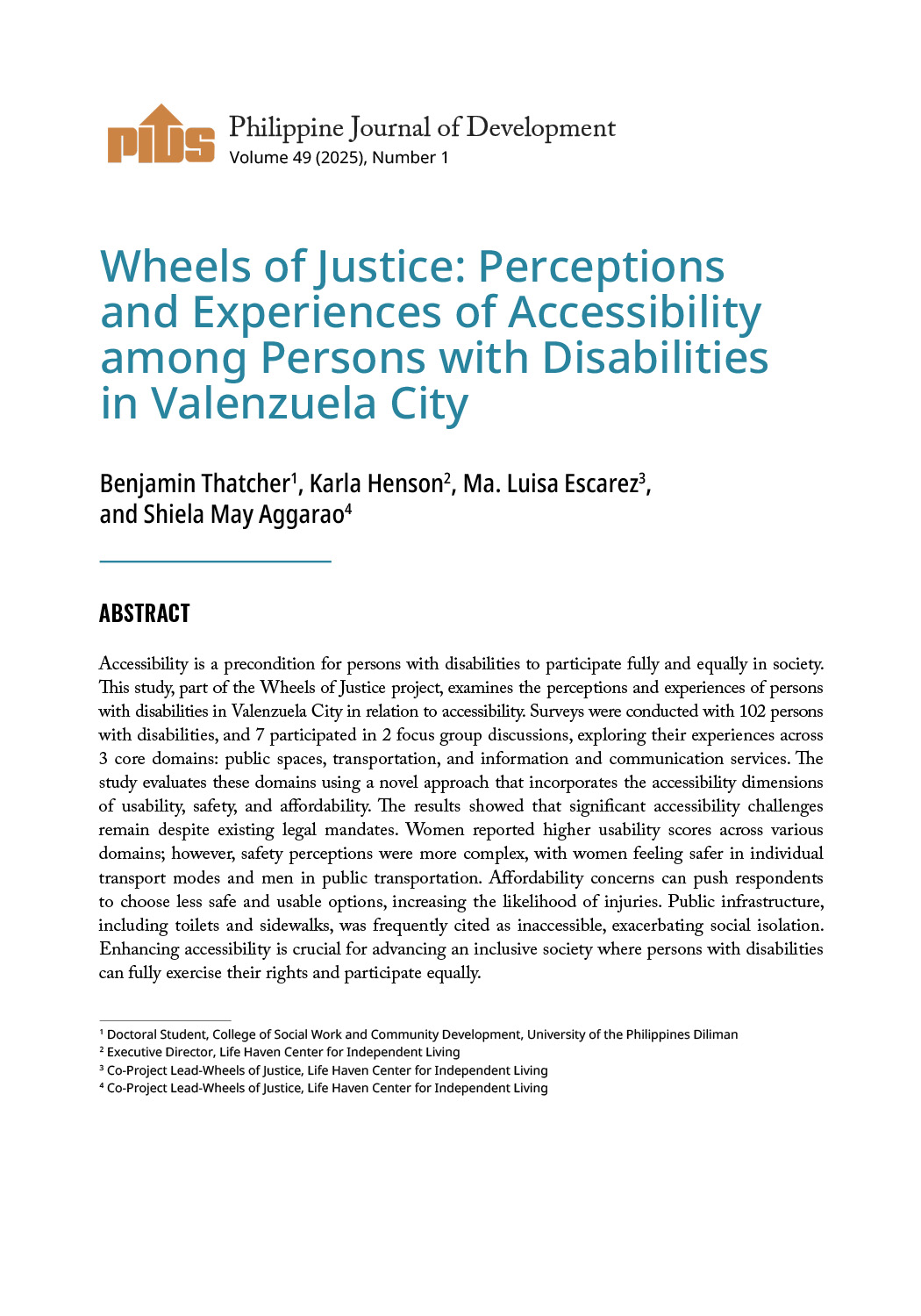The Subcommittee on Creation, Structure of States and Sub-National Governments, led by professor Edmund S. Tayao, said retaining the existing number of regions, and the National Capital Region (NCR) as a political capital, will provide “a better perspective on how to merge on or how to strengthen existing regions.”
“We start with 17 because to be honest all federal countries that we have used as preference actually had to start from where they were when they federated,” said Mr. Tayao.
The Subcommittee proposal divides the regions into two structures: Symmetric and Asymmetric Federated Regions. Symmetric federated regions will initially be granted First Generation Powers, which will allow them to manage their own socio-economic planning; mapping of roads, land use, and the like; as well as completing baseline data (CBMS) and inventory.
Following this, the subcommittee recommends ymmetric federated regions to be chartered, which means the juridical character of the regions have been firmed up. Alongside this, the local government units (LGU) will be required to integrate their plans at the regional level. The regions, at this point, will be entitled power over education, health, and social welfare services, local economic development, waste collection and treatment, and social housing among others.
“The third step will be fully evolved federated regions, meaning the 17 + 1 regions will now be 14, hopefully 12 or 10, or even reach a smaller number of federated region,” Mr. Tayao said, noting that regions categorized as asymmetric will no longer need to go through the first two stages.
Fully evolved federated regions will have authority over resource generation, taxing powers, energy, trade relations and partnership agreements. An Opt In-Opt Out provision will also be in place to allow provinces to identify which federated regions to join, according to proximity and political consolidation.
Further, Mr. Tayao said “once the federated regions have been chartered, it is assumed there will be reconfiguration.”
In doing so, indicators such as land area, population, income and RISE UP (Readiness Index for Sustainable Economies Under PHfederalism) must be considered.
RISE UP is an overall index, constructed by the ConCom sub-panel, to be used “to rank regions, provinces, and highly urbanized cities in their capacity to achieve sustainable economic growth under a federal system.” Its components include competitiveness index, such as the terms of governance, economic dynamism, infrastructure and resilience; fiscal performance; land area and resources; human development index, population; and poverty incidence.
To validate the index, the ConCom tapped the Philippine Institute for Development Studies (PIDS) as well as the National Economic Development Authority, Department of Finance, and Department of Budget Management.
One of the comments made by the PIDS is to drop the government index as it “may not be a good measure of the capacity of the federated region to perform in the identified domains within a new structure.”
It also recommended that the committee consult other institutions such as the University of the Philippines-School of Urban and Regional Planning since PIDS sees the decision to form states as “ultimately a political decision that should consider geo-spatial issues.”
The ConCom subcommittee made the proposal to reconfigure regions of the Philippines to address the imbalance in economic development and the over-concentration of economic resources and power in the Central Government.
Among the economic imbalance indicators, as cited by lawyer Roan I. Libarios, was the recorded 53% of the Gross Domestic Profit as largely contributed by the National Capital Region and Calabarzon while the rest accounted for the 47%, as reported by the Philippine Statistics Authority.
Another indicator is the poverty incidence per region with NCR and Calabarzon averaging from 3% to 10%, whereas the rest of the regions average between 20% to 50%.






